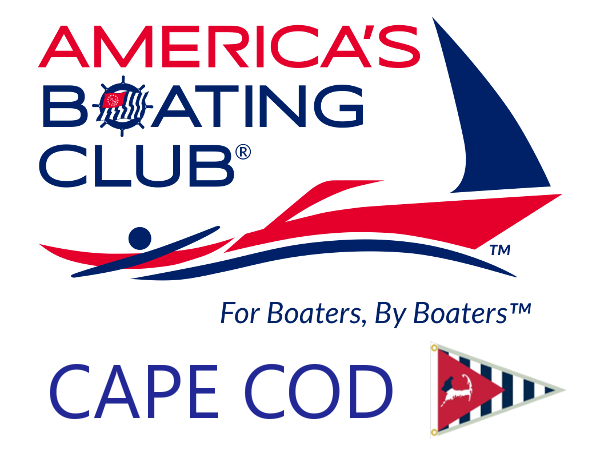Celestial Navigation course (the old "N" course) will be offered starting September 15, 2020.
The format will be a mix of Zoom meetings, sight taking, assistance from instructors and proctors when needed.
This Navigation 2015 course deals with learning celestial positioning using other bodies, in addition to positioning using the sun (covered in the Junior Navigation course). This course also deals with electronic software tools that can be used to plan and execute an offshore voyage. You will first learn to reduce these sights by the Law of Cosines method. Later in the course, you will learn an additional method of sight reduction, the Nautical Almanac Sight Reduction (NASR) method. You will also learn about sight planning techniques. With that knowledge, you will have the tools to take sights and complete your Navigation Sight Folder. The course includes a chapter on using a software-based voyage planning tool and a navigation program. The final chapter of the course contains a Practice Cruise that ties the separate elements of the course together.
The student Manual presents the following topics:
Chapter 1. A View of our Solar System. A simple overview of how the celestial bodies in the sky appear to us on earth.
Chapter 2. Sunrise...Sunset. Finding local mean time of solar and lunar phenomena and converting the time of these events to zone time.
Chapter 3. Taking Sights and Finding Ho, LHA, and Dec. Taking sights on the moon, navigational planets and stars; applying proper altitude corrections to these sights to obtain Ho; applying corrections for low altitude sights; and computing the LHA and declination of these bodies.
Chapter 4. Sight Reduction and Plotting by the Law of Cosines. Reducing sights of the moon, stars, and planets by the Law of Cosines method; and plotting lines of position (LOPs) for these sights to obtain an estimated position, a running fix, and a true fix.
Chapter 5. Sight Reduction and Plotting by the NASR method. Reducing sights on the sun, moon, stars, and planets by the Nautical Almanac Sight Reduction (NASR) method; and plotting the lines of position (LOPs) for these sights to obtain an estimated position, a running fix, and a true fix.
Chapter 6. Sight Planning. Planning your sights to achieve good 2- and 3-body fixes, using both traditional and electronic tools.
Chapter 7. Emergency Navigation. Provisioning an emergency navigation kit and constructing emergency plotting sheets; and determining destination coordinates mathematically from course and distance traveled.
Chapter 8. Electronics and Software for Offshore Navigation. Using a software-based voyage planning tool to plan an offshore voyage (Visual Passage Planner 2); and using a navigation program in executing the voyage (OpenCPN).
Chapter 9. Underway. A review of the Navigator’s duties and USPS Plotting and Labeling Standards; and setting up and using a 900 series plotting sheet. The student will execute a leg of an offshore voyage using both electronic and traditional tools, including celestial positioning. This Practice Cruise is an excellent preparation for the open book exam.

